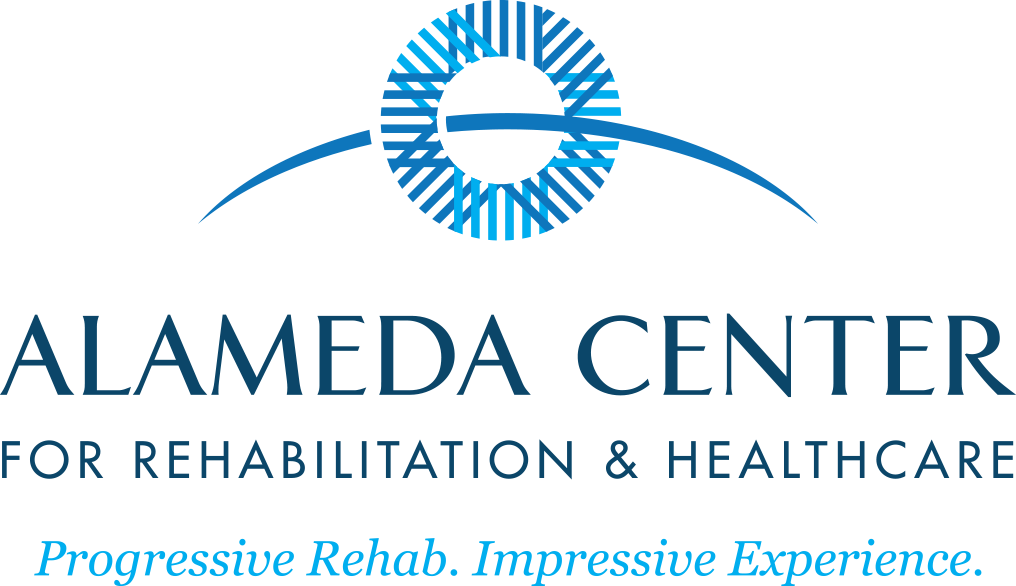Wound Recovery Efforts to Help Faster Healing
What if there was a way to help heal wounds faster? Some wounds fester, taking a long time to heal, and chronic wounds often simply don’t disappear. There are new products and methods being developed that can help with fast and better wound recovery. And of course, there are the age-old methods for helping to keep wounds from festering and heal more quickly.
Stages of wound recovery
There are 4 stages of wound recovery.
- Homeostasis – this is the first stage of recovery, where the blood clots so no more blood escapes.
- Inflammatory – in this stage, the tissue filters out anything unhealthy so it can regrow. This is when the patient usually feels the inflammation, with heat and some pain. This usually takes 2-6 days.
- Proliferative – the tissue begins to grow new cells to cover the wound area. This can take up to 3 weeks.
- Maturation – the covering over the wound becomes flexible and more skin-like. This can take a long time, up to 2 years.
What happens with failed wound recovery
In the case of chronic wounds, the healing fails in the inflammatory phase. One of the ways doctors treat chronic wounds is by bringing in inflammatory cells into the wound to jumpstart that process. This type of treatment is relatively new, so doctors don’t have a tremendous amount of information about the process and the results.
Another innovative method of dealing with chronic wounds is putting creams that promote healthy cell growth in the dressings that the doctors use for the wounds. There also has not been a lot of research on whether this is effective, but it’s a promising start.
Wound considered is considered failed if there are no signs of recovery at 8 weeks. There can be various reasons that this might happen – most common are diabetes, poor blood circulation, which won’t bring needed oxygen to the wound site, and a deficient immune system.
What can you do to heal faster?
There are efforts that the patient can do to help the wound heal faster.
- Get enough rest. As is well-known, the body heals faster when the body is at rest. Also, too much activity keeps the body working harder instead of allowing it the space it needs to recover. Studies have confirmed this universal adage – people who got more rest had wounds that healed much faster.
- Eat nutritious foods. All of the vitamins and minerals in healthy fruits and vegetables contribute to cell regeneration and healthy tissue management.
- Although overactivity will hurt you, the right type of exercise will help wound recovery by increasing blood flow to the area.
- Treat the wound well. Keep it clean, wash the area twice a day, use antibiotic ointment to avoid infection, and cover it with a band-aid or bandage to keep the area clean. Serious wounds that take a long time to heal often need debridement, a process where the clinician removes dead tissue before reinserting the dressing to allow healthy skin to grow unimpeded and with less chance of infection.
At the Alameda Center, we have excellent wound recovery services to help treat chronic wounds and allow them to heal faster.
